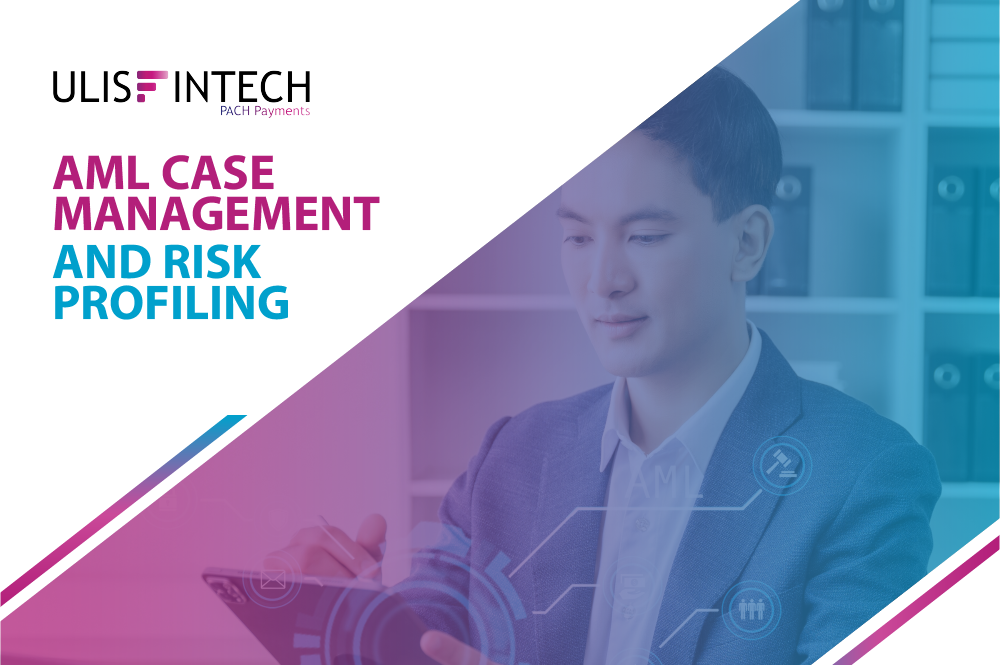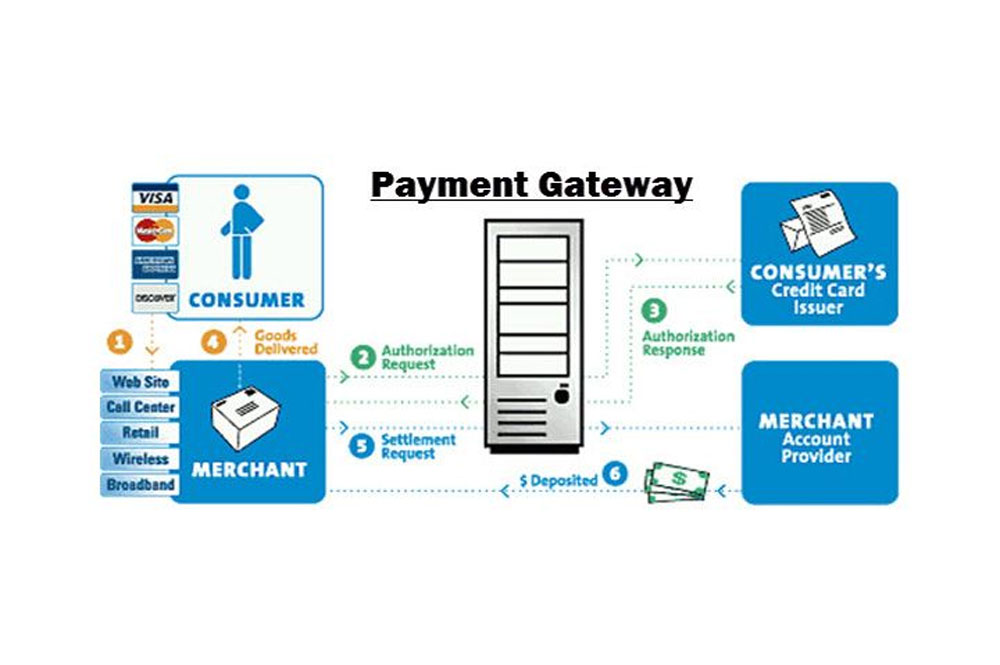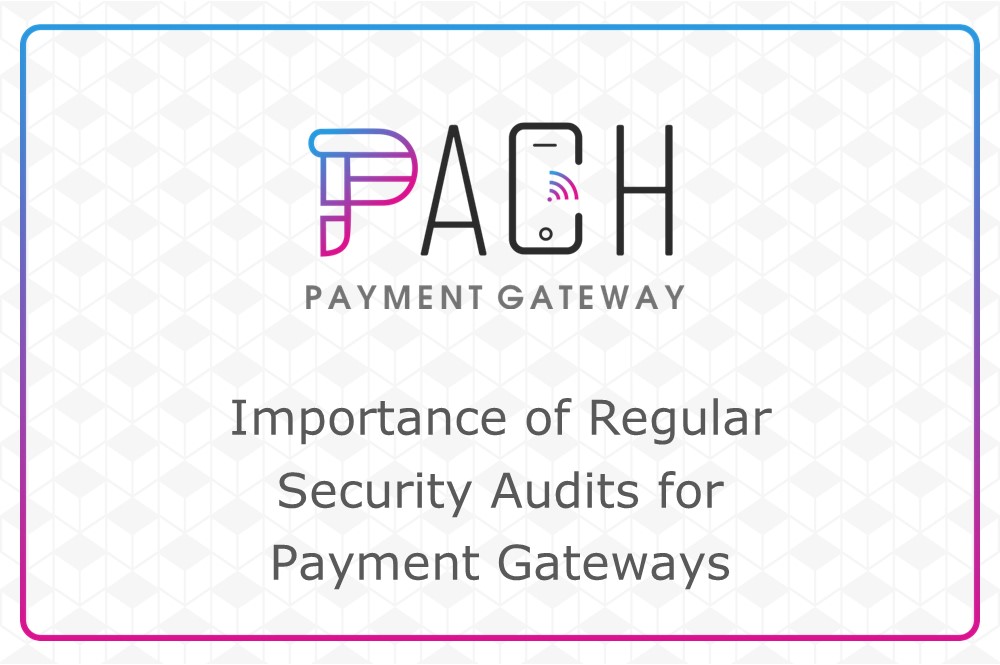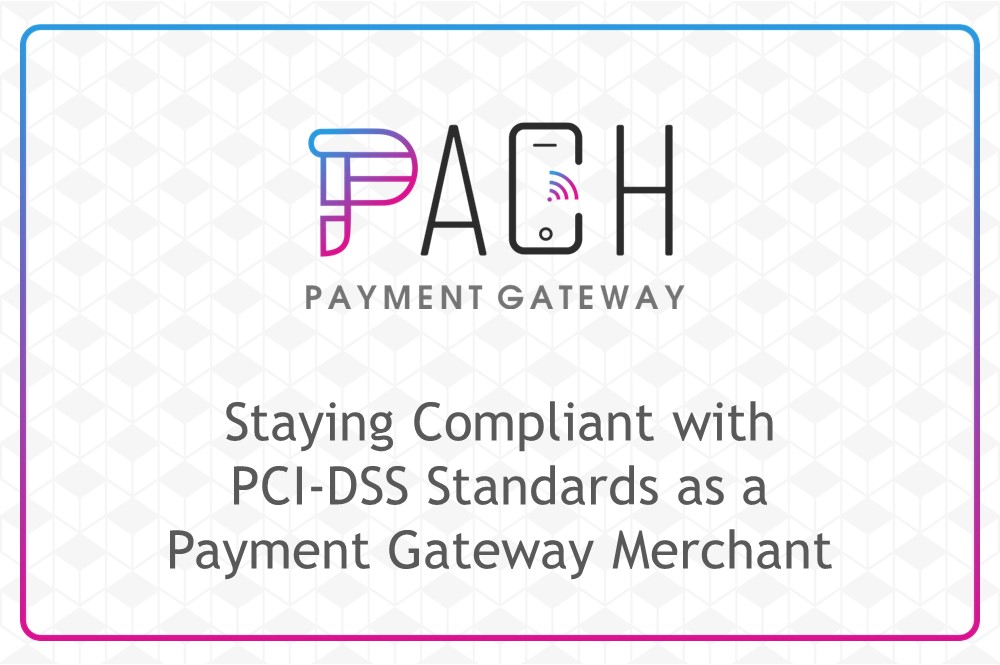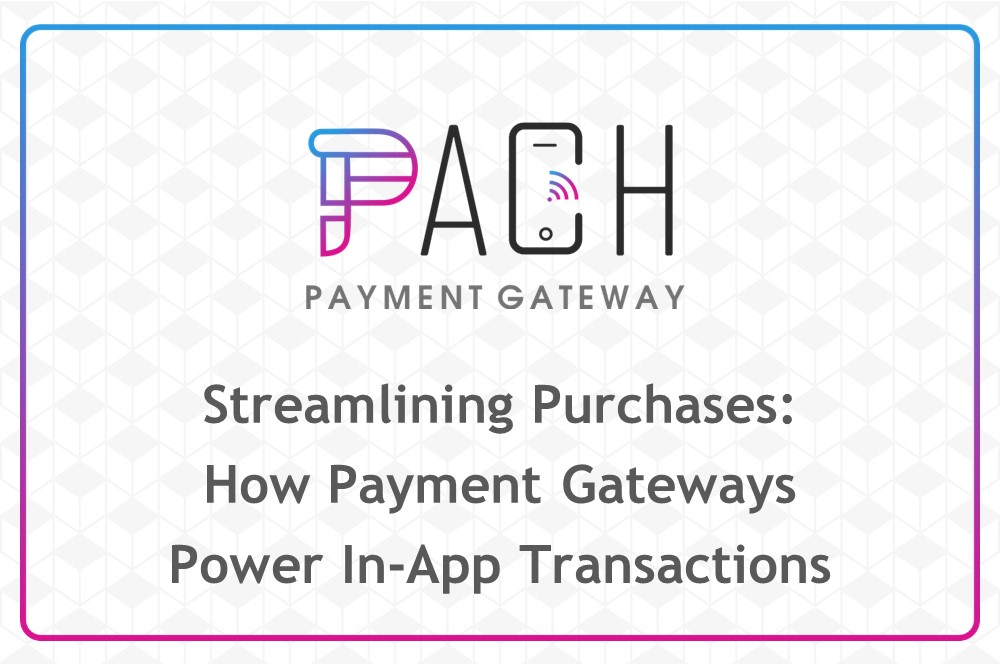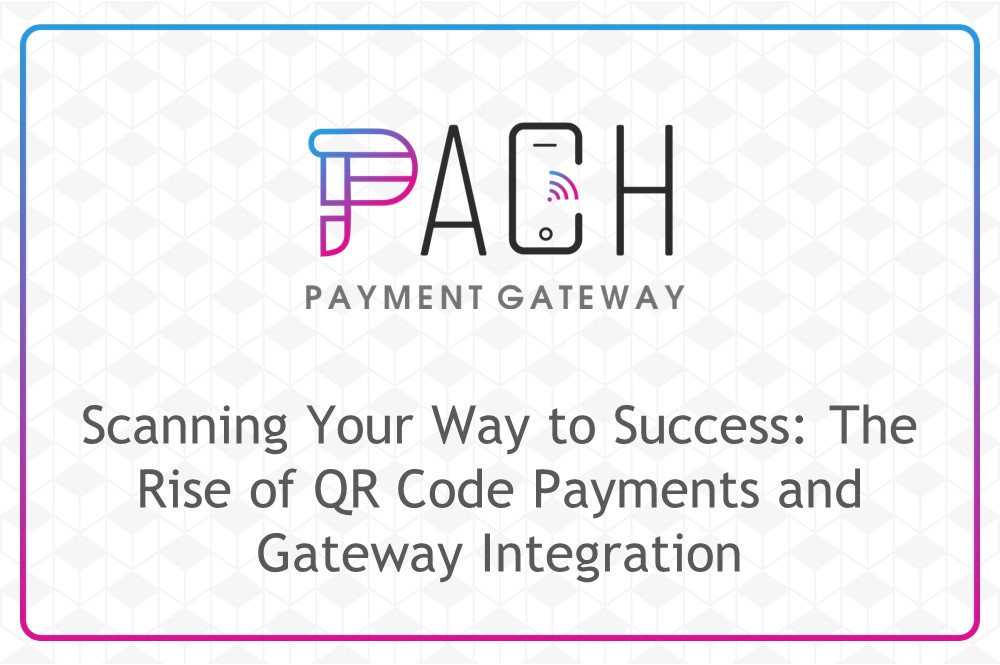Seamless Transactions: Best Practices for Payment Gateway Integration
Jan 23, 2025 - 2 MINS READ
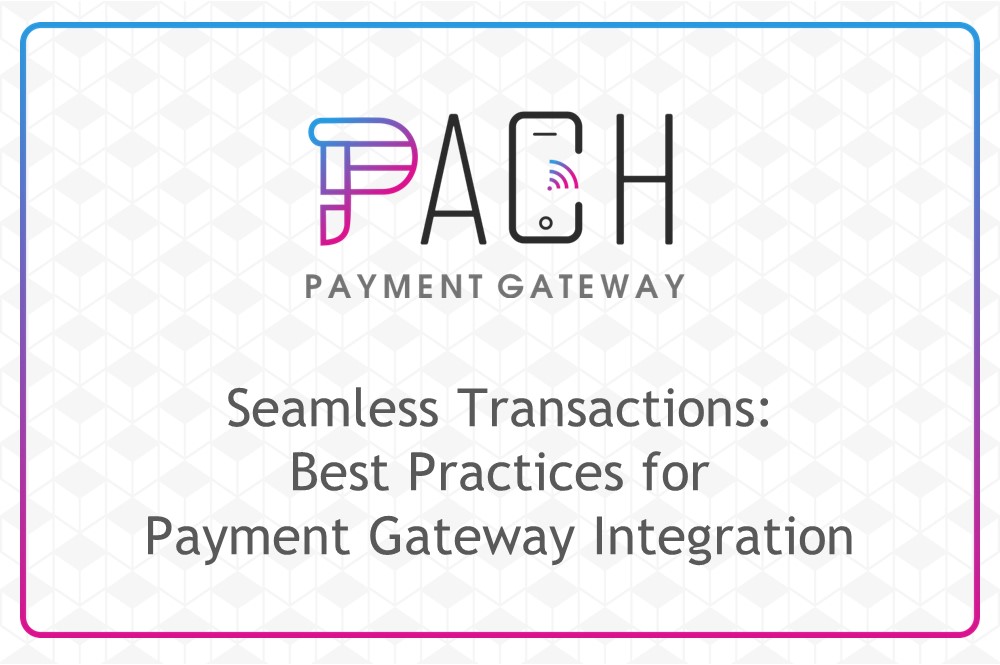
In the competitive world of e-commerce, a seamless checkout process is paramount. Customers expect a smooth and secure way to complete their purchases. This is where payment gateway integration comes into play. But integrating a payment gateway can seem daunting. Fear not! This blog equips you with best practices to ensure a successful and secure integration process.
Choosing the Right Partner:
The foundation for success starts with selecting the right payment gateway. Consider factors like security compliance (PCI DSS), transaction fees, supported payment methods, and ease of integration. Research different providers, compare features, and ensure compatibility with your e-commerce platform.
Understanding APIs:
Most payment gateways offer integration through APIs (Application Programming Interfaces). These APIs act as a bridge between your e-commerce platform and the payment gateway, facilitating communication and data exchange. Familiarize yourself with the gateway's API documentation and ensure your development team has the necessary expertise for successful integration.
Prioritizing Security:
Security is non-negotiable. Ensure your chosen payment gateway complies with industry standards like PCI DSS. Utilize secure communication protocols like HTTPS to encrypt data transmission. Minimize the amount of sensitive customer data you store, and implement robust password management practices.
Testing Thoroughly:
Rigorous testing is crucial. Before launching your integrated platform, conduct extensive testing to identify and resolve any potential issues. This includes testing various payment methods, simulating different transaction scenarios, and handling error responses. Ensure your team tests on a sandbox environment before going live.
Optimizing for User Experience:
A smooth checkout process is key to customer satisfaction. Keep the checkout page simple and user-friendly. Offer a variety of popular payment options, including credit cards, debit cards, and digital wallets. Minimize the number of required fields and provide clear instructions throughout the process.
Transparency is Key:
Be upfront with your customers. Clearly display the accepted payment methods on your website. Ensure your pricing structure is transparent and there are no hidden fees at checkout. Communicate any potential security risks associated with online payments and offer clear data privacy policies.
Error Handling and Recovery:
Unexpected errors can occur during transactions. Implement robust error handling mechanisms to gracefully handle situations like failed payments or network outages. Provide clear and informative error messages to customers and offer them alternative payment options where possible.
Staying Updated:
Payment gateway APIs and features can evolve over time. Stay updated on any changes or updates provided by your chosen gateway. This might involve reviewing documentation, attending webinars, or subscribing to their developer newsletter.
Continuous Monitoring:
Even after a successful integration, monitoring is crucial. Track your payment gateway performance, including transaction success rates and potential error trends. Analyze user behavior on your checkout page and identify any areas for improvement.
Conclusion:
Payment gateway integration can be a game-changer for your e-commerce business. By following these best practices, you can ensure a secure, efficient, and user-friendly payment experience for your customers. Remember, a seamless checkout process fosters trust, boosts sales, and paves the way for long-term business success. So choose your payment gateway wisely, integrate it with care, and continuously strive for improvement. By prioritizing security, user experience, and ongoing maintenance, you can create a smooth and frictionless payment journey for your customers.
